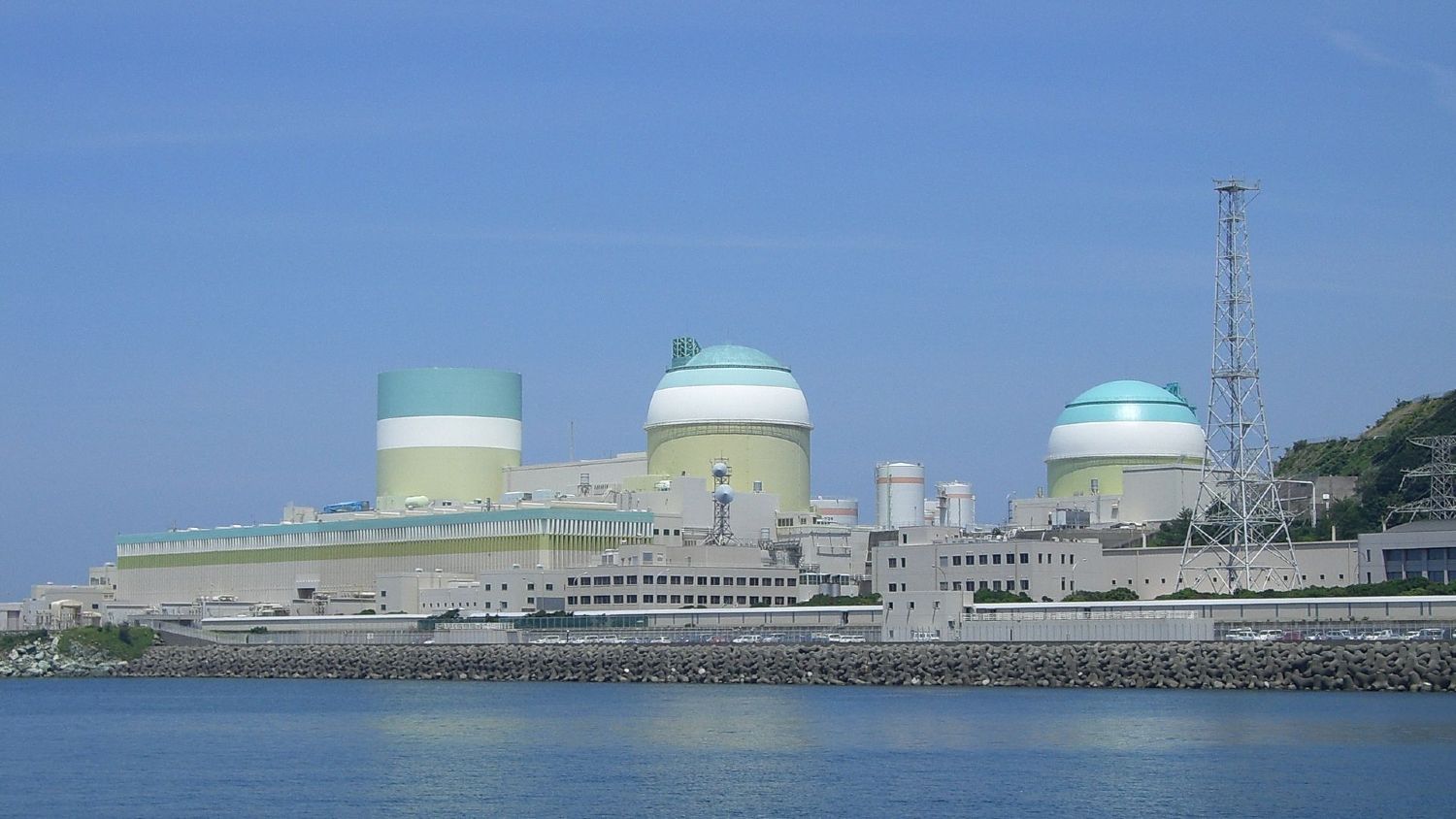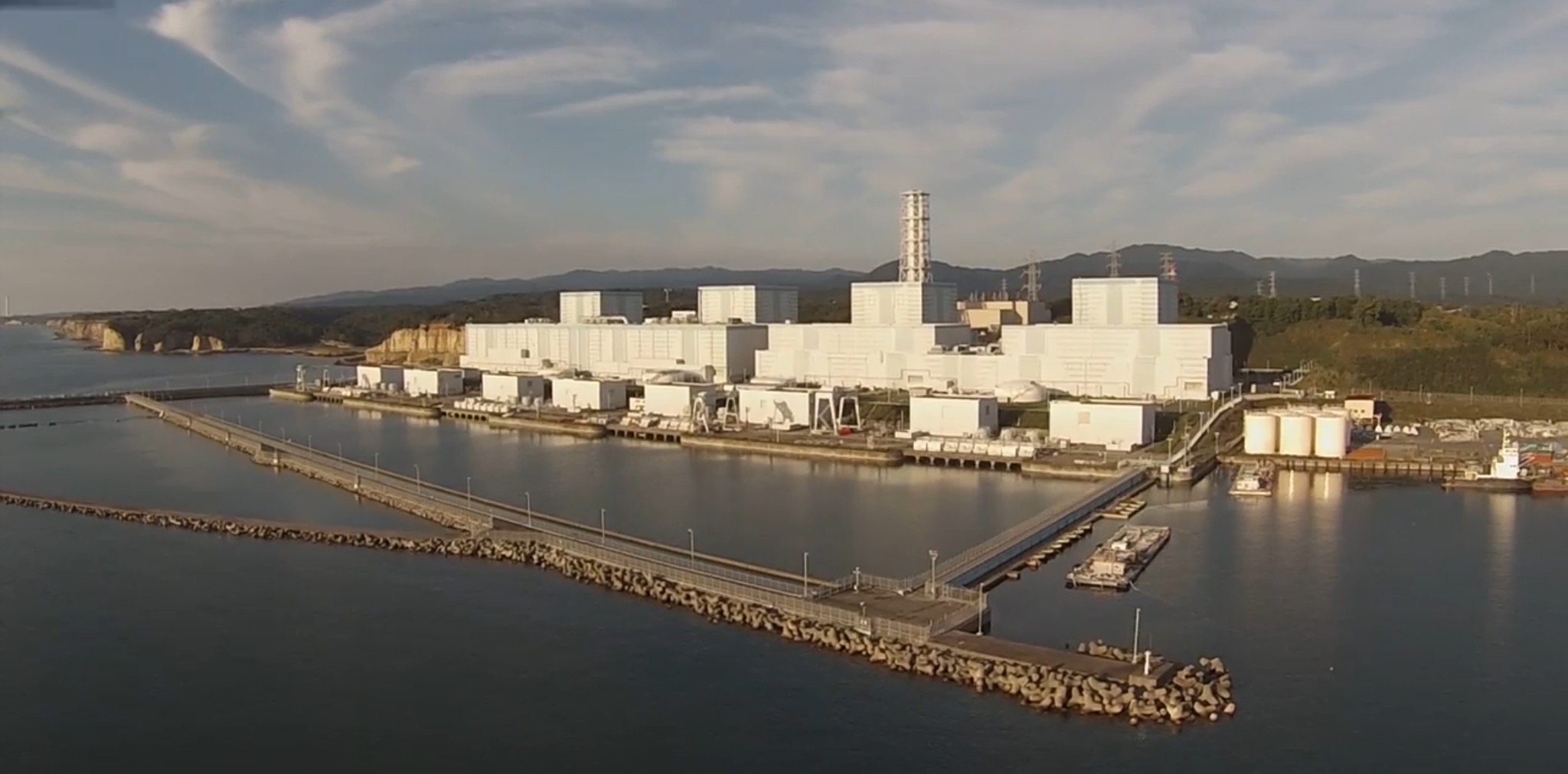On September 29, Japan’s Mitsubishi Heavy Industries announced that it would collaborate with Kansai Electric Power and three other local power utilities to build a next-generation nuclear reactor.
Since Japan halted the construction of new nuclear reactors after the Fukushima disaster in 2011, this could be the first major project under the government’s new nuclear energy policy.
The five companies will build a new type of pressurized water reactor (PWR), called an advanced light-water reactor, considered safer than existing models. The new reactor will be launched in the mid-2030s, reported Asia Nikkei.
The three other Japanese utilities involved in the project are Hokkaido Electric Power Co., Shikoku Electric Power Co, and Kyushu Electric Power Co.
Kansai Electric Power said, “We have been studying the design of a next-generation, light-water reactor with improved safety and economy and are working with Mitsubishi Heavy Industries.”
The pressurized light-water reactor from Mitsubishi Heavy serves as the foundation for the project. All four utilities already use this reactor for their nuclear plants. The amount of electricity it can generate will be between 0.6 million and 1.2 million kilowatts.

The main goal is to enhance the control-rod drive mechanism, which is in charge of controlling nuclear reactions, to halve output or restart the reactor in 17 minutes, which is only a quarter of the time it takes for conventional reactors.
The firms will also pay attention to robustness, another crucial aspect. The design will reportedly withstand terrorist attacks, natural disasters, and plane crashes.
“The companies want to reduce the reactor’s probability of sustaining damage to less than one percent of current models by installing it underground and fortifying the outer walls of the containment vessel,” Nikkei said.
To stop molten fuel from leaking in the event of a meltdown, a “core catcher” will be placed underneath the containment vessel. The reactor will then be reinforced and placed on-site, where emergency power systems can also be deployed to cool it.

Japan’s New Nuclear Policy To Meet Its Energy Needs
This announcement comes as the Japanese government declared in August that it would support the development of next-generation nuclear power facilities. That was a dramatic policy change from the earlier no new nuclear energy.
The freeze on constructing new nuclear plants has had a significant impact. Since 2011, no new nuclear power plants have been developed in the country, which formerly relied on nuclear energy for around 30% of its energy needs.
Therefore, there has been a decrease in investment in research and development. According to Nikkei Asia, citing a 2021 study by the Japan Atomic Industrial Forum, “the total investment for the year ending March 2021 was 16.6 billion yen ($121.6 million), which is less than half of the 35.3 billion yen in 2010.”
Fumio Kishida, the Prime Minister of Japan, promised that up to nine reactors would be operational by the end of 2022. He frequently emphasized the necessity of restarting more plants and the critical role that nuclear energy plays in Japan’s security and stability.
Kishida’s earlier comments also underscored how the Ukraine crisis and rising energy prices had compelled a shift in public opinion, and a policy rethink in favor of nuclear power.

The Japanese Prime Minister also stated that the country should consider introducing additional next-generation reactors and increasing the lifespan of its existing reactors.
The country is also working to lessen Japan’s reliance on Russian energy, which meets around 8% of that nation’s liquefied natural gas (LNG) requirements.
However, the country will still confront numerous obstacles in the future. “The problem is, even if the decision to build a new plant is made, it will take about six or seven years or more until jobs come in for suppliers,” said Akihiko Kato, the head of the nuclear division at Mitsubishi Heavy Industries. “They will have to hold up during that time,” he added.
Mitsubishi was able to begin producing the part internally, although Kato described the process as “tough” because it required hiring staff and making a substantial financial investment.
Furthermore, Japan risks falling behind other countries in the race for nuclear development. The countries like the US, UK, and France are already supporting the development of new types of reactors.
- Contact the author at ashishmichel@gmail.com
- Follow EurAsian Times on Google News




